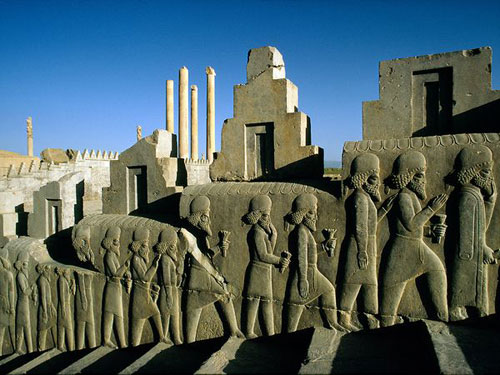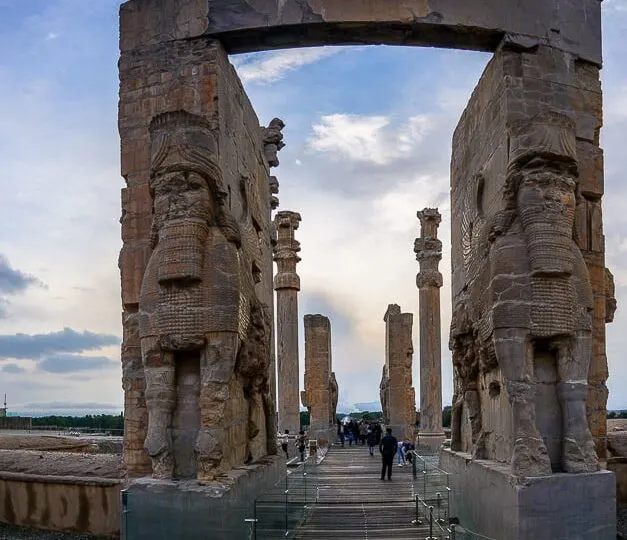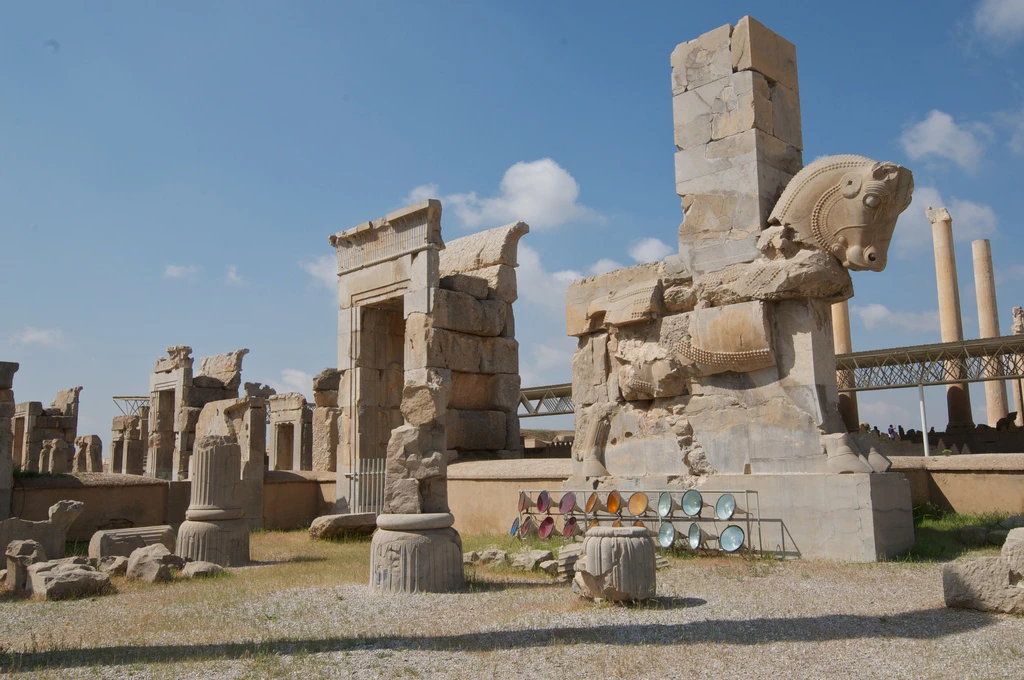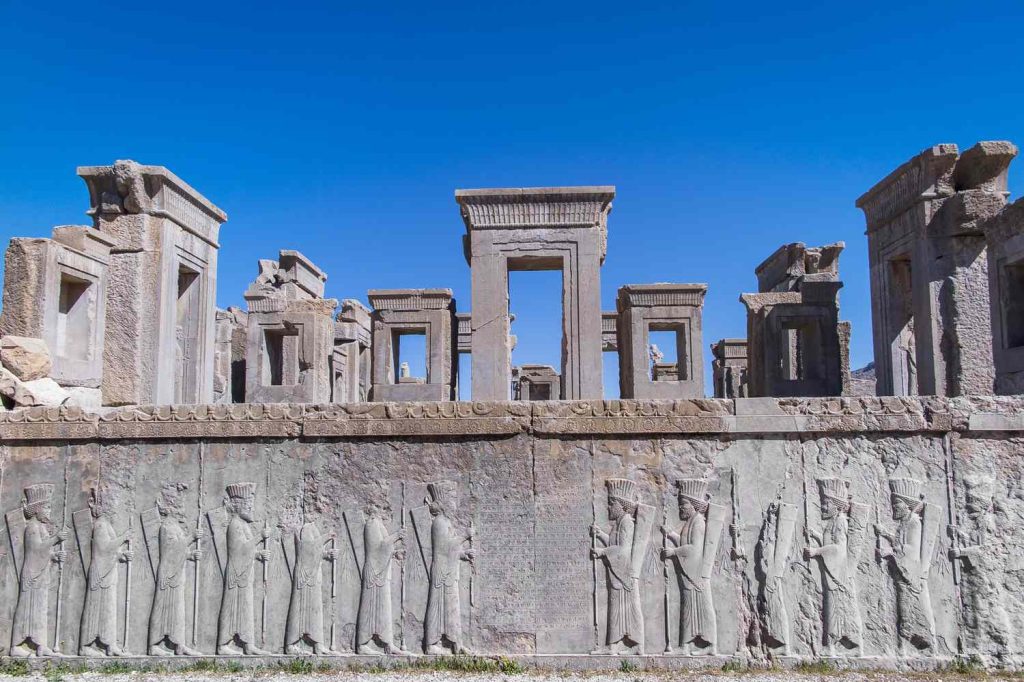Persepolis: The Glorious Ancient City of the Persian Empire

Persepolis was established as the ceremonial capital of the Persian Empire by King Darius I, following the conquest of Babylon in 539 BC. The city’s construction spanned several generations, with subsequent kings, including Xerxes I and Artaxerxes I, contributing to its expansion and embellishment. Persepolis was strategically located on a terrace overlooking the plains of Marvdasht, making it an ideal site for showcasing the might and magnificence of the empire.
The architecture of Persepolis was a fusion of Persian, Mesopotamian, and Egyptian influences, resulting in a unique and captivating style. The city featured colossal stone columns, intricately carved reliefs, and imposing gateways adorned with elaborate motifs. The most iconic structures include the Apadana Palace, the Throne Hall, the Treasury, and the Hall of Hundred Columns. These edifices served as centers of administration, ceremonial gatherings, and displays of royal power.
Persepolis was renowned for its lavish works of art, particularly those made from gold, silver, and other precious materials. The city was adorned with intricately crafted sculptures, depicting various figures from Persian mythology, religious symbolism, and scenes of royal grandeur. The reliefs showcased the achievements of the Persian kings, including military conquests, cultural achievements, and religious rituals. The artistry and attention to detail in these works were a testament to the empire’s wealth and the skill of its artisans.
Persepolis met its tragic fate in 330 BC when Alexander the Great invaded Persia. Seeking to avenge the Persian invasion of Greece years earlier, Alexander and his army conquered the Persian Empire and set their sights on Persepolis. The exact reasons behind the destruction of Persepolis remain disputed, but historical accounts suggest that the city was partially burned as an act of vengeance and to symbolize the end of Persian power. The destruction marked the end of the Achaemenid dynasty and the decline of Persepolis as a thriving metropolis.
Despite its destruction, Persepolis left an indelible mark on history and continues to captivate scholars, historians, and tourists alike. The ruins of Persepolis, now a UNESCO World Heritage Site, bear witness to the empire’s cultural achievements, architectural brilliance, and the power dynamics of the ancient world. Archaeological excavations and ongoing research at the site have provided valuable insights into the political, social, and economic aspects of the Persian Empire.
Persepolis, the ancient city of the Persian Empire, stood as a symbol of opulence, power, and cultural sophistication. Its grand architecture, intricate artworks, and rich history captured the imagination of generations. While its destruction by Alexander the Great marked the end of an era, the legacy of Persepolis lives on through its ruins and the knowledge it
Hits: 0







